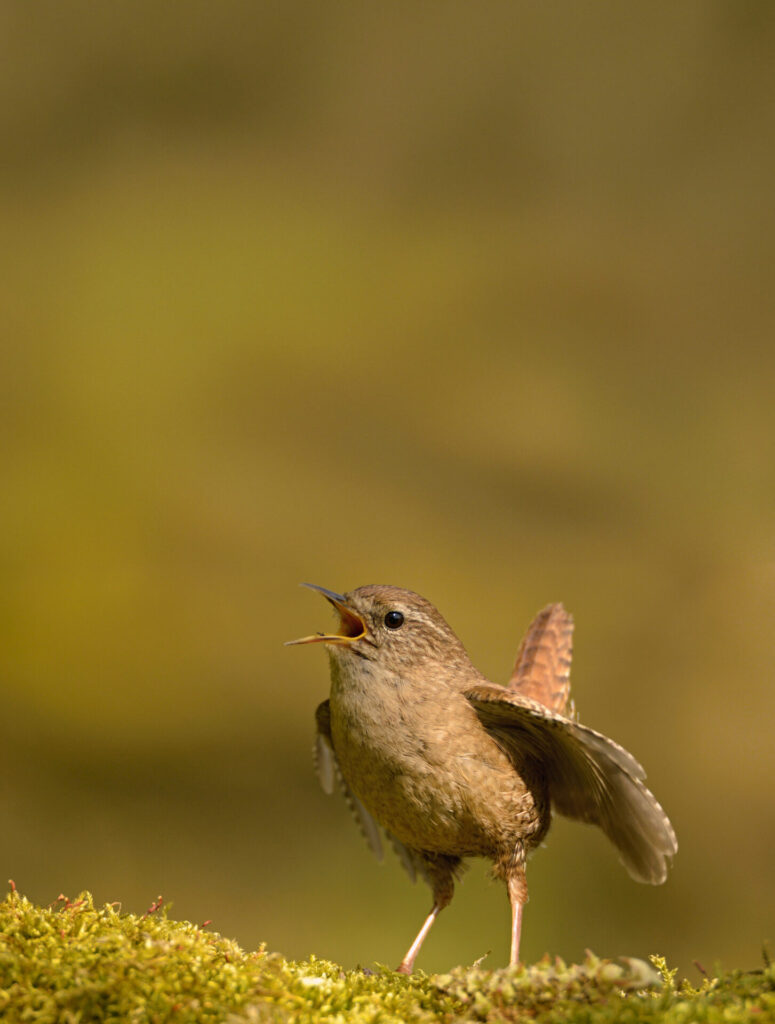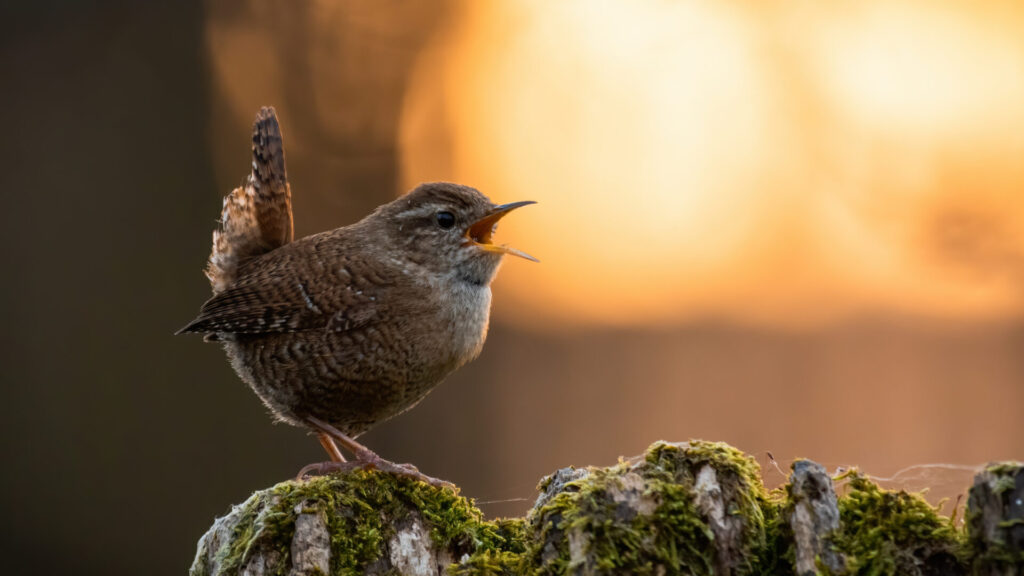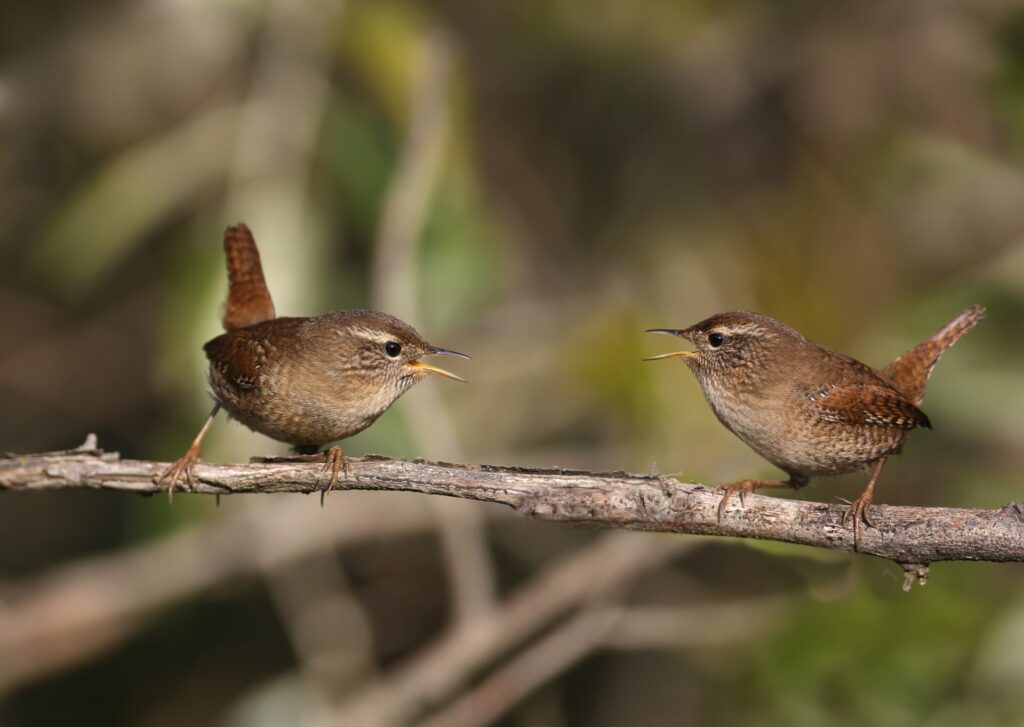Wildlife writer Jane Adams greets one of the UK’s feistiest, loudest and most industrious birds as he survives winter before building a harem

I’m filling the kettle when a movement outside catches my eye – a wren. There it is, busy at work, coaxing a miniscule spider from its sticky web spun across the window frame.
The wren’s rotund body, with its chestnut-brown speckled feathers, is so tiny it weighs less than a pound coin. One of our smallest birds, it’s also the UK’s most common.
Usually, all you’ll see of a wren is a blur at the edge of your vision. It doesn’t skulk, it is just constantly on the move: wrens are busy and hard to keep up with. You might not see them that often, but you’ll certainly have heard them. Their high-pitched warbles – surprisingly loud for their diminutive size – can often penetrate even the most overcast of winter days.

Watching my visitor through the window, I can’t help but admire its defiant posture. With what looks like a permanent scowl and a fearless demeanour, the wren almost dares you to challenge it. I once heard them described as a cross between a mouse and an animated walnut – so small, so up for a fight!
When spring arrives, fighting will definitely be high on the agenda. Male wrens fiercely defend their territories from rivals while also wooing passing females. And beneath that tough macho exterior there’s a surprisingly good homemaker … Males build several nests within their territories, showing each one to a female, hoping to impress with their DIY skills. By the end of the season, one male may have provided nests for up to six (or more!) females and helped to produce 30-plus fledglings.

For January, though, survival must be my visitor’s chief concern. On cold winter nights, when temperatures plummet, wrens will often huddle together in holes or bird boxes for extra warmth. In Norfolk during the viciously cold winter of 1969, researchers found sixty-one wrens hidden in a single bird box.
Fingers crossed, my bird has some friends.
In some cultures, the wren is known as the King of Birds – such a lofty title for this little fella. Legend has it that during a contest to see which bird could fly the highest, the wren won by perching on the wings of an eagle.
With white-tailed eagles back in the south of England, who knows? Anything’s possible …
So keep your eyes peeled!



